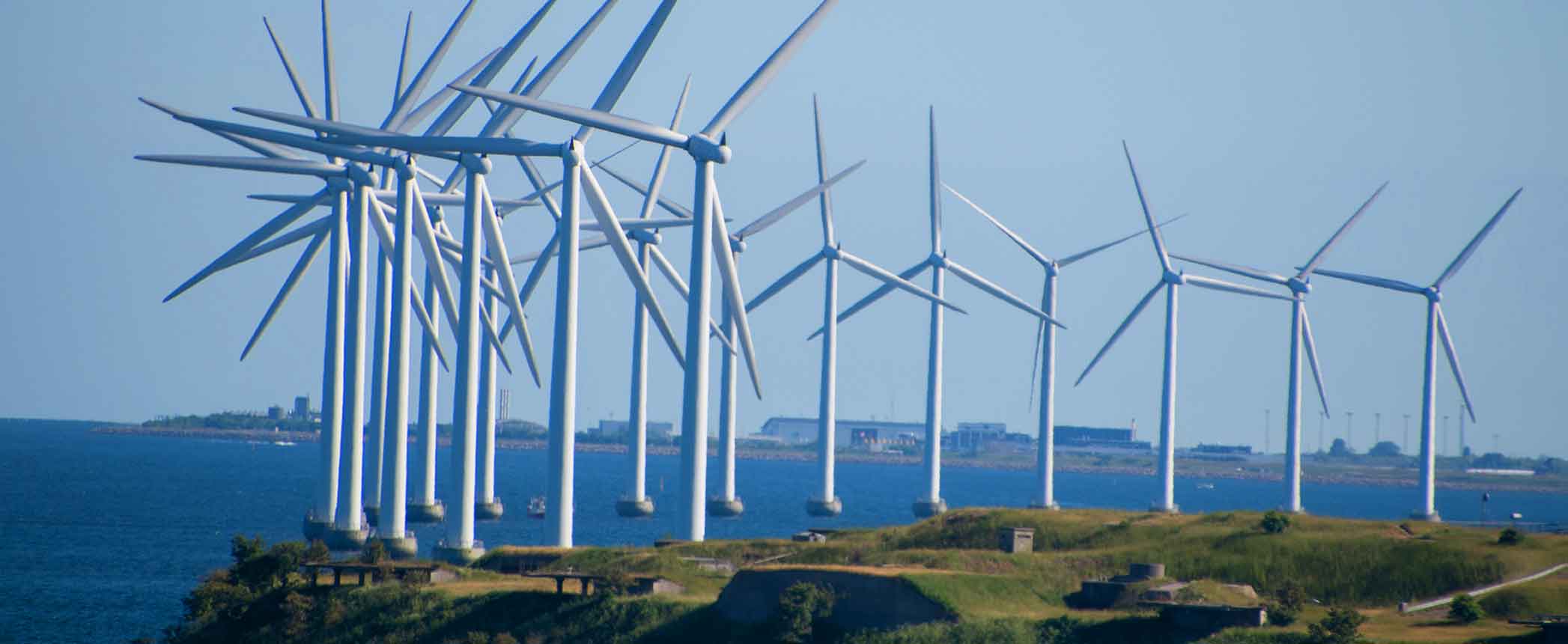
The current economic downturn should cause a setback for demand of lubricants used in wind turbines, but the industry should still offer good profits in the longer term, thanks in part to resilient markets such as Germany and Spain, according to an industry consultant.
The two European countries are among the world’s five largest markets for wind energy capacity, an official from Kline & Co. said during a recent webinar, and have resolved that wind become a significant source of their energy supply. Germany is one of a number of countries that decided to phase out nuclear power following the 2011 accident at Japan’s Fukushima nuclear power plant.
“Wind energy will have a big role to play as the replacement energy source,” said Gabriel Tarle, a project lead in Kline’s energy practice.
The webinar was based on a recent Kline study which summarized the wind energy industry’s exponential growth over the past 20 years and the corresponding increase in demand for lubricants that it uses. The company estimated global demand for lubricants in wind energy reached about 40,000 to 50,000 metric tons in 2019, valued at $400 million to $500 million, as total installed wind energy capacity topped 650 gigawatts.
“Even though it’s a small fraction of total lubricants demand, wind turbines are an important niche due to their rapid growth and high synthetic penetration,” Tarle said.
The firm forecasts that that demand will decrease in the face of the global economic contraction caused by efforts to contain the COVID-19 pandemic – regardless of just how severe the impact is. “Almost all scenarios suppose a downfall, a slump in consumption for lubricants used in wind energy by 2021, followed by a sharp ‘V’ recovery for the next few years,” Tarle said.
He cited three key concerns in the minds of lubricant marketers: industry growth in the current economic climate; the effect of direct drive machines and drain interval extension on lubricant consumption; and fading government subsidies.
China has by far more wind energy capacity than any other country, accounting for 37%, of the world’s total in 2019, followed by the United States at 17%, Germany at 9%, India with 6% and Spain at 4%. European countries are leaders in constructing offshore turbines, which only account for 5% of installed capacity but which are growing at a faster pace than on-land facilities. Most offshore capacity is off the coasts of the United Kingdom, Germany and Denmark.
Wind Energy Lube Products
Kline estimated global gear oil demand in wind energy in the 20,000 to 40,000 ton range in 2019. Consumption by turbines in China accounted for nearly half of that, followed by the United States, Spain, India, Germany and those in other countries. Kline estimated that overall demand for gear oil grew at a compound annual rate of 12.3% from 2008 to 2019.
Global hydraulic fluid demand reached in the range of 6,000 to 10,000 tons in 2019. Among key markets, wind energy in the United States accounted for around a quarter of that, followed by China, Spain, India and Germany. He noted that about 80 percent of hydraulic oils used in China and Germany are synthetics, formulated with API Group III base oil or polyalphaolefin.
Global installed wind energy capacity is estimated to grow at a compound annual rate of 9.1%, from 650.1 gigawatts in 2019 to 1,005 GW by 2024, he said, citing a list of projects published in the Global Wind Energy Council Outlook Spring 2020.
Tarle noted the COVID-19 pandemic is expected to stall much of the activity and perhaps postpone some of the scheduled wind energy projects. “In terms of a potential economic stimulus, the wind energy sector might not be on most governments’ agendas since the sector employs rather few people,” Tarle added.
Kline anticipates demand for hydraulic fluids for wind energy applications will continue to decline as synthetic formulations continue to replace mineral formulations to match the extended drain intervals of gear oils. Drain intervals for hydraulic fluids used in wind turbines range between four and five years, Kline estimated. However, in value terms, both hydraulic oils and gear oils are set to increase, he noted.
Tarle noted that demand for these products actually fell by a compound annual rate of 5.7% since peaking in 2015. “This is mainly due to the fact that the quality of hydraulic oil improved significantly and the increased penetration of synthetic oils,” he explained. The service-fill market share decreased from 2015 to 2019.
China dominated in grease demand for wind energy, dwarfing that of the U.S., Germany, India and Spain. Tarle said the share of the initial fill market grease increased from 2015 to 2019. Grease is expected to grow at a fast pace through 2024, he said, driven by new installations and higher consumption. He noted that direct-drive machines use grease but don’t use gear oil.
Suppliers
Kline found the supply base for lubricants used in wind turbines largely consolidated among a few key companies. Top suppliers for such lubricants in 2016 included global majors BP (Castrol), ExxonMobil and Shell, which are present in almost all markets. Other key suppliers include Fuchs, Chevron, Total, Amsoil and specialist grease suppliers such as Klueber, Dow and SKF.
“The leading suppliers, and in particular the global majors, have a strong relationship with wind turbine OEMS, which enables them to cater to their initial fill and warranty business,” he said. He noted that wind energy is a high-margin business for lubricant marketers. “The share of synthetics in the overall demand exceeds any other end-use industry. The cost of lubricants is not significant in the overall maintenance cost, and sales are driven more by product performance guarantees and track record. Thus, there is minimal downward pressure on product prices.”